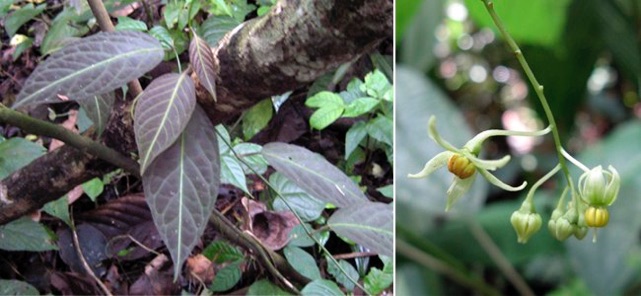
Research: Solanum


Research: Solanum
This research was carried out in collaboration with Dr. Lynn Bohs at the University of Utah, as part of the PBI: Solanum project. My research in Solanum has been focused on the informally named “Potato clade,” and since it includes the potato (S. tuberosum), tomato (S. lycopersicum), and pepino (S. muricatum), it is one of the most economically important clades of plants in the world. The potato clade is exclusively New World in distribution, with most groups centered in the Andes of South America.
Relationships within the Potato Clade
Most of the ca. 250 species in the potato clade belong to a group of species closely related to the potato and tomato and, as a result, have been the focus of intense research; however, the Potato clade contains four other smaller groups that remain virtually unknown and relationships among all of these groups are poorly understood. The purpose of this study is to use DNA sequences from the nuclear and chloroplast genomes to resolve relationships among the groups that make up the potato clade and to identify morphological traits that make each of the groups easily identifiable in the field.
The Potato clade consists of five major groups: Solanum sections Anarrhichomenum; Basarthrum; Herpystichum; and Pteroidea (click here for our phylogeny of sect. Pteroidea); and a strongly supported clade composed of Solanum sections Petota (containing the potato), Lycopersicon (containing the tomato), Lycopersicioides, Juglandifolium, and Etuberosum.

Representatives of the "potato clade" of Solanum. (a) S. brevifolium - sect. Anarrhichomenum;
(b) S. caripense - sect. Basarthrum; (c) S. lycopersicon - sect. Lycopersicum;
(d) S. anceps - sect. Pteroidea; and (e) S. stenophyllidium - sect. Petota.
Solanum section Herpystichum
Despite the intense research focused on potato and its close relatives, other parts of the "potato clade" are very poorly known. I am currently working on a revision of Solanum section Herpystichum, one of the most poorly known and undercollected of these groups. The section consists of viny plants that root at the nodes. This research has resulted in the discovery of three new species: S. crassinervium, S. limoncochaense, and S. pacificum (pictured at the top of this page). Click here for the revision of sect. Herpystichum (including a key for identification), and here for the phylogeny.

Solanum section Anarrhichomenum
I am currently working on a revision of Solanum section Anarrhichomenum, another interesting group of poorly known vines. This research has already resulted in a new species, Solanum baretiae, which has generated an unexpected wave of attention!


